Where it’s from:
1) About 95% of the world’s olive oil is produced in the Mediterranean region. Consistently, the top two olive oil-producing countries are Spain (about half of the world's supply) and Italy (about 15%). The US produces only about 0.3% of the world’s olive oil.How it’s made:
2) While most household cooking oils are derived from seeds, olive oil is made from a fruit – the olive!3) Unlike seed oils, olive oils originate through natural physical extraction. Extra Virgin Olive Oil is made entirely by mechanical processes without added heat or chemicals. Olive Oil is a blend of refined olive oil with some virgin or extra virgin olive oil added for flavor.
4) Olive oils labeled “light” or “extra light” refer to the flavor, not the fat or calorie content! Light-tasting olive oil has very little virgin olive oil blended in and therefore has a very subtle taste. (more about non-extra virgin olive oil).
Who uses it:
5) Olive oil is the primary source of fat in the celebrated Mediterranean Diet. Greeks consume more olive oil than other countries – about 20 liters/5.3 gallons per person annually! Other high-consuming populations include Spaniards (about 13 liters/3.4 gallons per capita) and Italians (about 11 liters/2.9 gallons per capita). By contrast, American per capita consumption is only about 1 liter/1 quart per person – offering lots of opportunities to replace less-healthy options with olive oil!Quality factors:
6) Contrary to popular belief, the color of an extra virgin olive oil is not an indicator of its quality or flavor. There are hundreds of olive varieties that produce different hues of olive oil. Growing conditions (temperature, water, etc) and harvest time affect color as well. Good quality extra virgin olive oils range from yellow to green.7) Check your olive oil’s best-by date! Olive oil degrades over time and has three key enemies – heat, light, and air. In order to prolong the life of your olive oil, always store it in a cool, dark place and use up open bottles within a few months. (more on how to store olive oil)
How to use it:
8 ) Extra Virgin Olive Oil offers the most flavor and can be used for everything from finishing and dressing to average stovetop cooking. Olive Oil and Light-Tasting Olive Oil enhance foods without overpowering the flavor of your recipes and can be used for everything including sautéing, grilling, and baking.9) The average stovetop cooking temperature is about 350⁰ Fahrenheit, well within the smoke point range of both extra virgin olive oil and regular olive oil. (more on olive oil smoke point)
Yes, you CAN cook with olive oil!
10) You can substitute olive oil for any cooking oil in equal amounts! Olive oils can also replace butter or margarine in many recipes, which will reduce saturated fat and cholesterol. Use this handy conversion chart to make the swap!


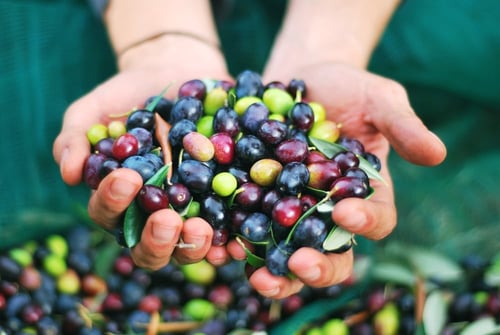
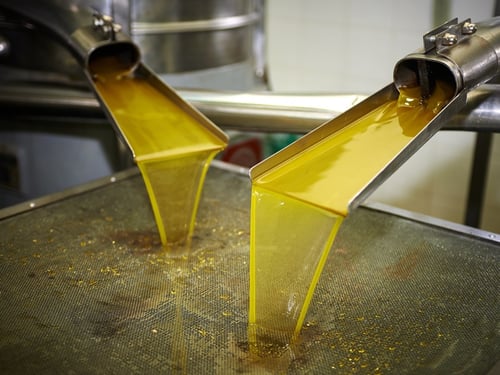
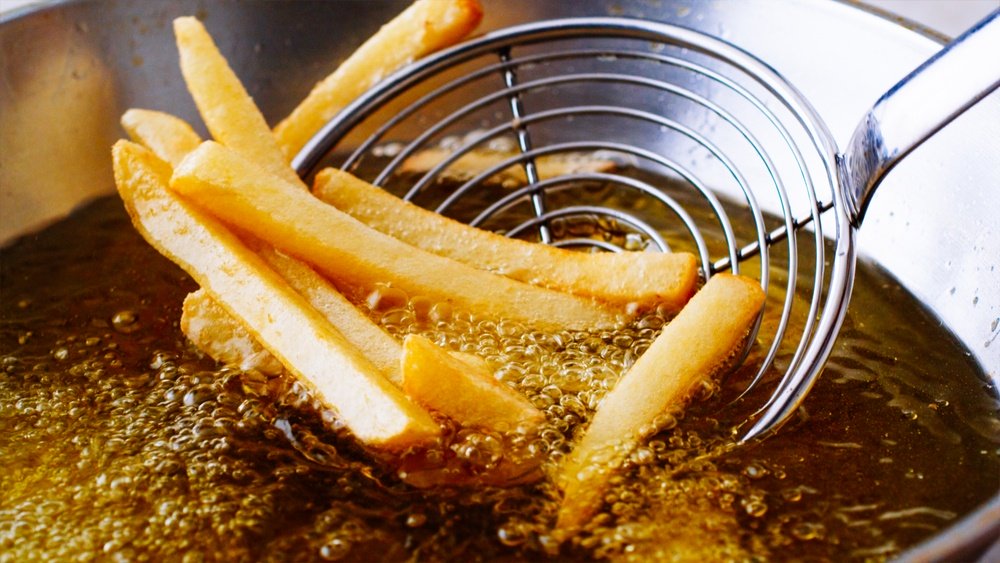
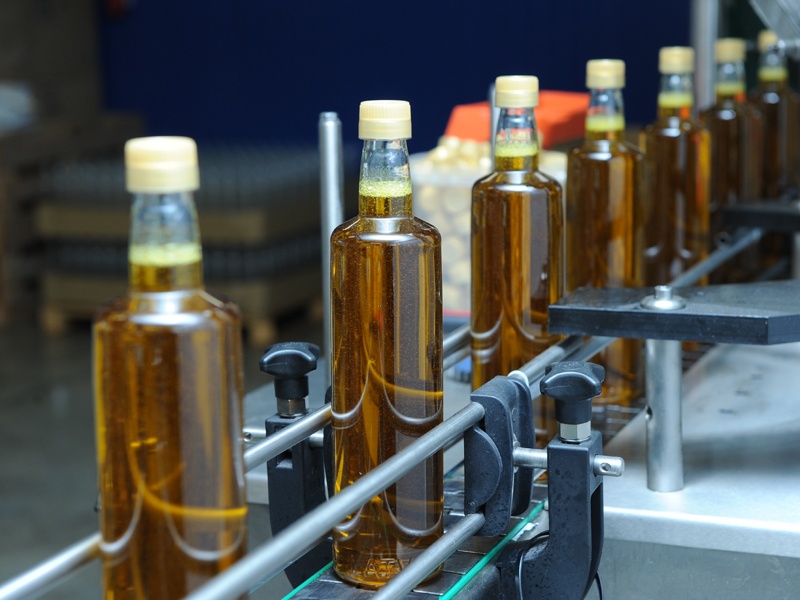
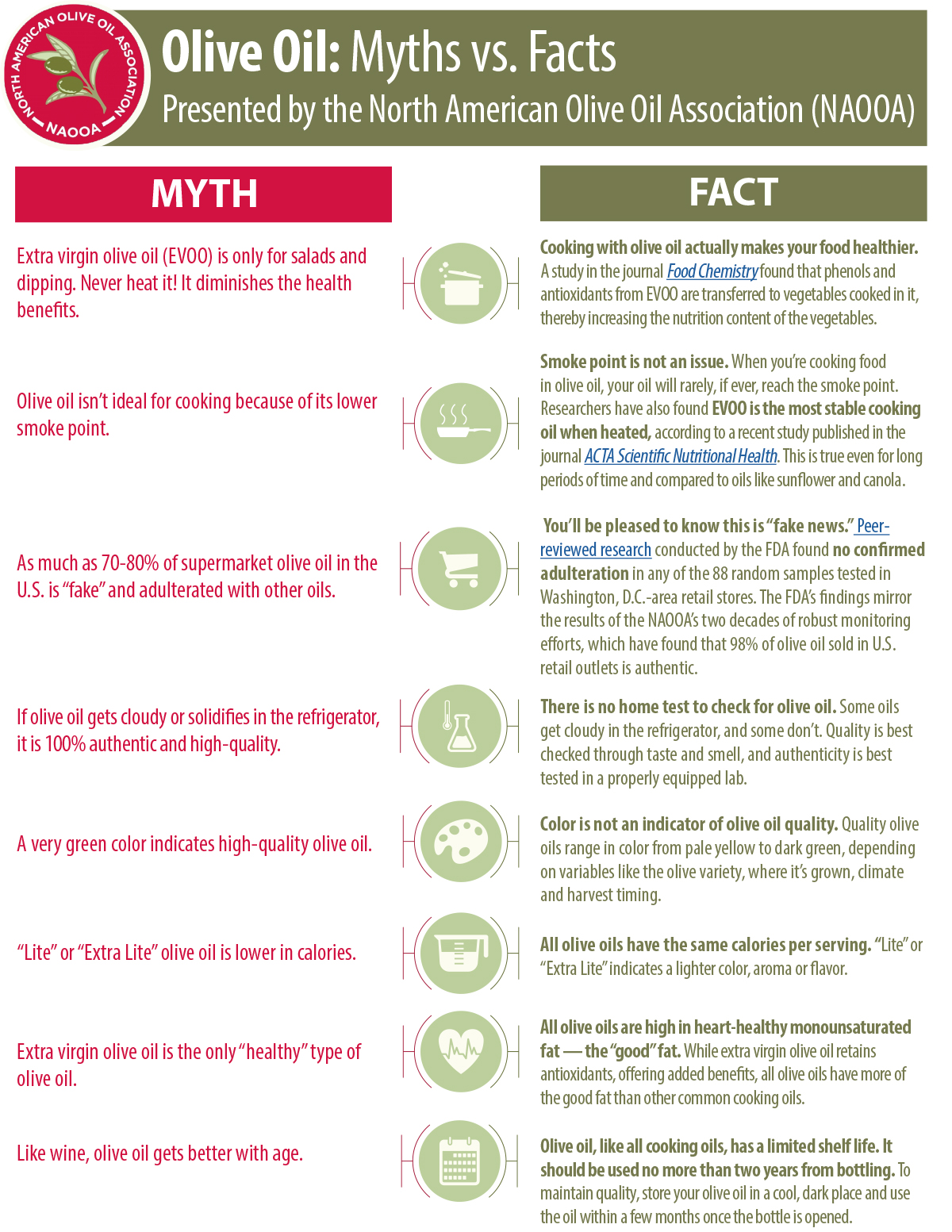
 The North American Olive Oil Association is committed to supplying North American consumers with quality products in a fair and competitive environment; to fostering a clear understanding of the different grades of olive oil; and to expounding the benefits of olive oil in nutrition, health, and the culinary arts. | © North American Olive Oil Association. All Rights Reserved.
The North American Olive Oil Association is committed to supplying North American consumers with quality products in a fair and competitive environment; to fostering a clear understanding of the different grades of olive oil; and to expounding the benefits of olive oil in nutrition, health, and the culinary arts. | © North American Olive Oil Association. All Rights Reserved.